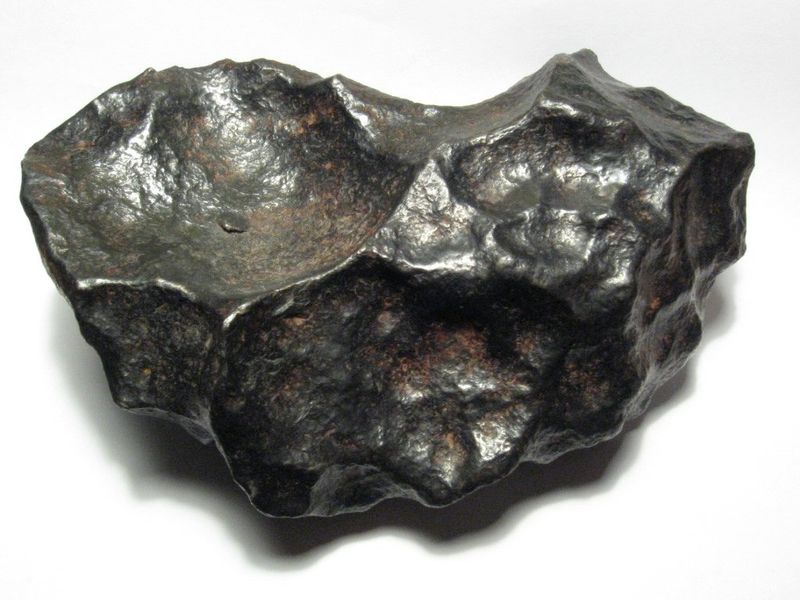Regular listeners may remember that back in March we covered a story in which US researchers discovered that the simple molecules needed to make amino acids - the building blocks of proteins -
may have hitched a ride to earth on meteorites. Now researchers working on fragments of a large meteorite that exploded over Lake Tagish in Canada back in the year 2000 have found more  evidence that the molecules of life may have come from space.
evidence that the molecules of life may have come from space.
Led by Canadian researcher Dr Chris Herd, and publishing their results in the journal Science this week, the team think that some of the smallest molecules needed to build proteins formed out in space, in the swirling mess of forming planets and stars more than 4 billion years ago.
But that's not all - the new results suggest that some of this material got swept up into large asteroids, and modified through chemical reactions with water inside the asteroids, to create more complex chemicals. Then chunks of the asteroids broke off and went shooting through space, depositing these vital chemicals on earth - and probably many other planets too.
The researchers carried out detailed analysis on four pieces from the meteorite that had fallen in different places on the lake. They found evidence of many organic chemicals that are needed to make the building blocks of life, including simple amino acids, which are needed to build proteins.
Their results suggest that organic chemicals in the asteroid formed when dust mixed with ice out in deep space, then got heated up by radioactivity. This melted some of the ice, making liquid water that seeped through the asteroid, causing reactions that produced the chemicals needed to kickstart life when they fell to earth.
The team's results suggest that the levels of organic chemicals may vary widely even within the same meteorite. And from what we know about biochemical reactions, it's likely that there's a pretty small range of concentrations at which these chemicals can kick off the processes leading to the development of more complex molecules, and ultimately living organisms.
So while it's looking more likely that the ingredients for life may have been delivered from space, we also need to look at many more different samples from meteorites, to see what kinds of amounts of these chemicals are actually being dropped on the planet, and whether they would be the right amount to get life going.
Unlike most other meteorites that hit the planet, this one hit a sub-zero temperature frozen lake. Local people carefully gathered meteorite samples and kept them frozen, helping to reduce the chances of contamination. The scientists think that the samples from Tagish Lake are the cleanest ones we've got - almost as good as going up into space and sampling asteroids directly. But plans are also underway to send spacecraft up to sample material from asteroids, so hopefully there will be more answers coming our way soon.










Comments
Add a comment